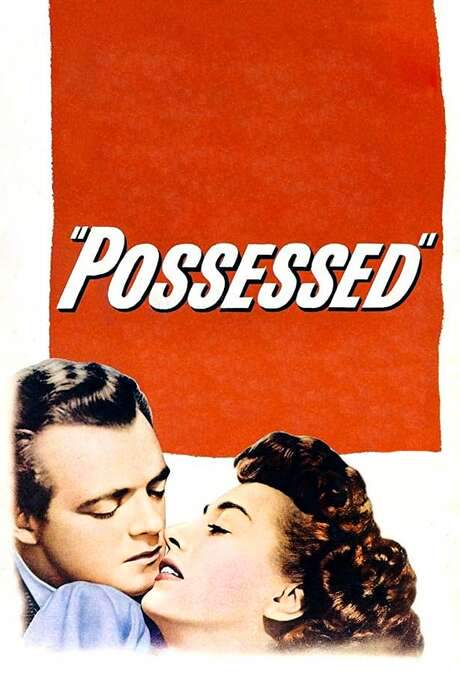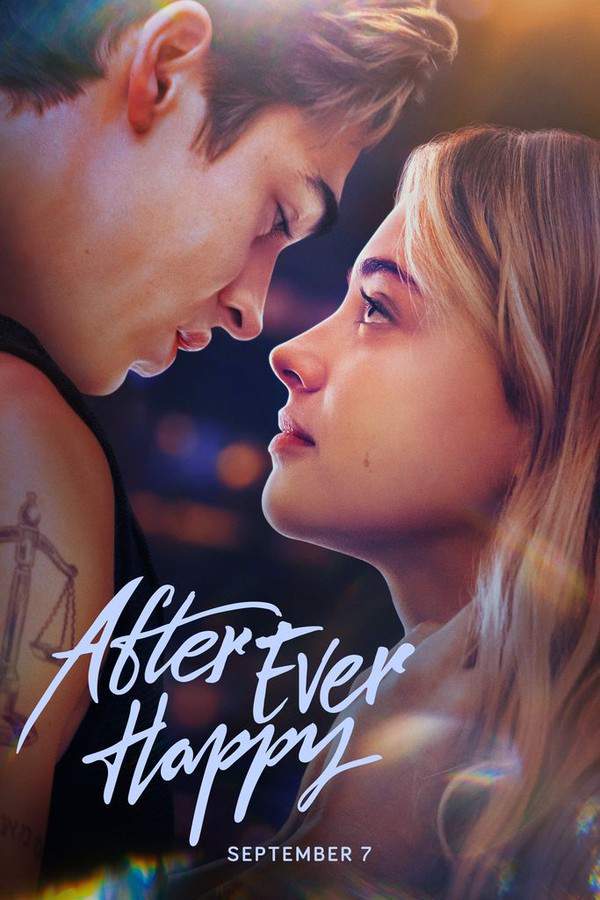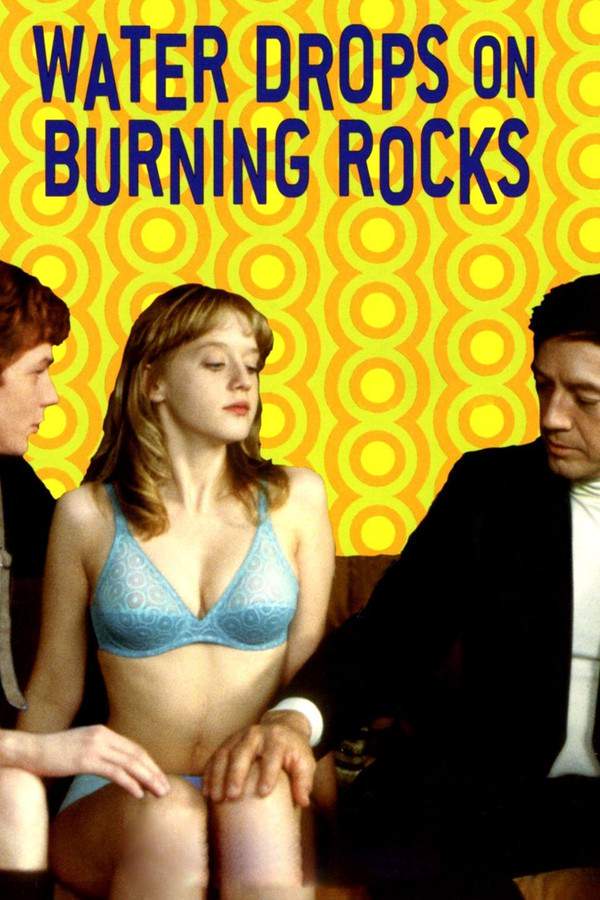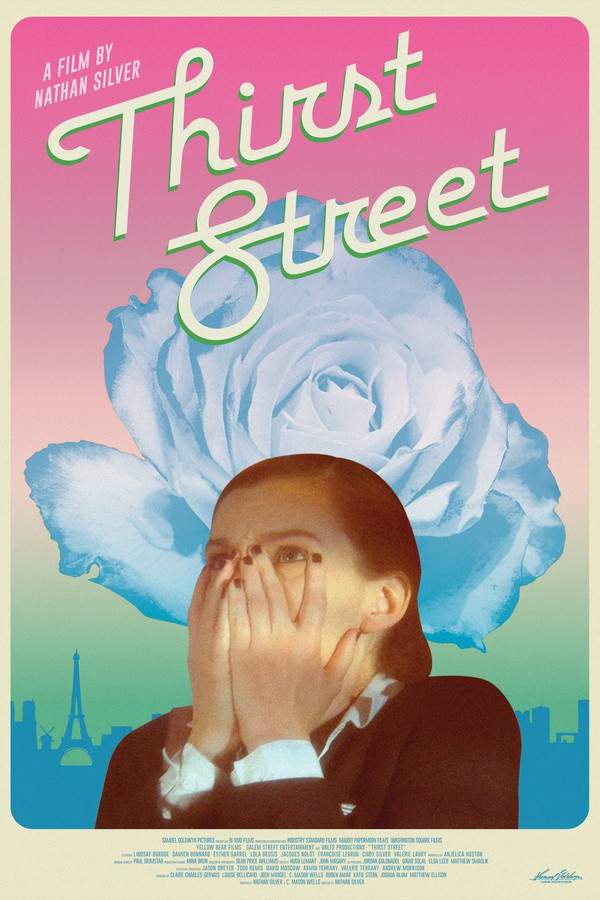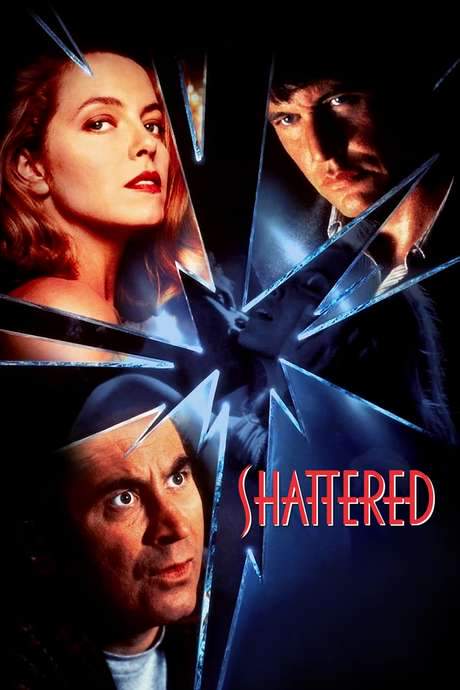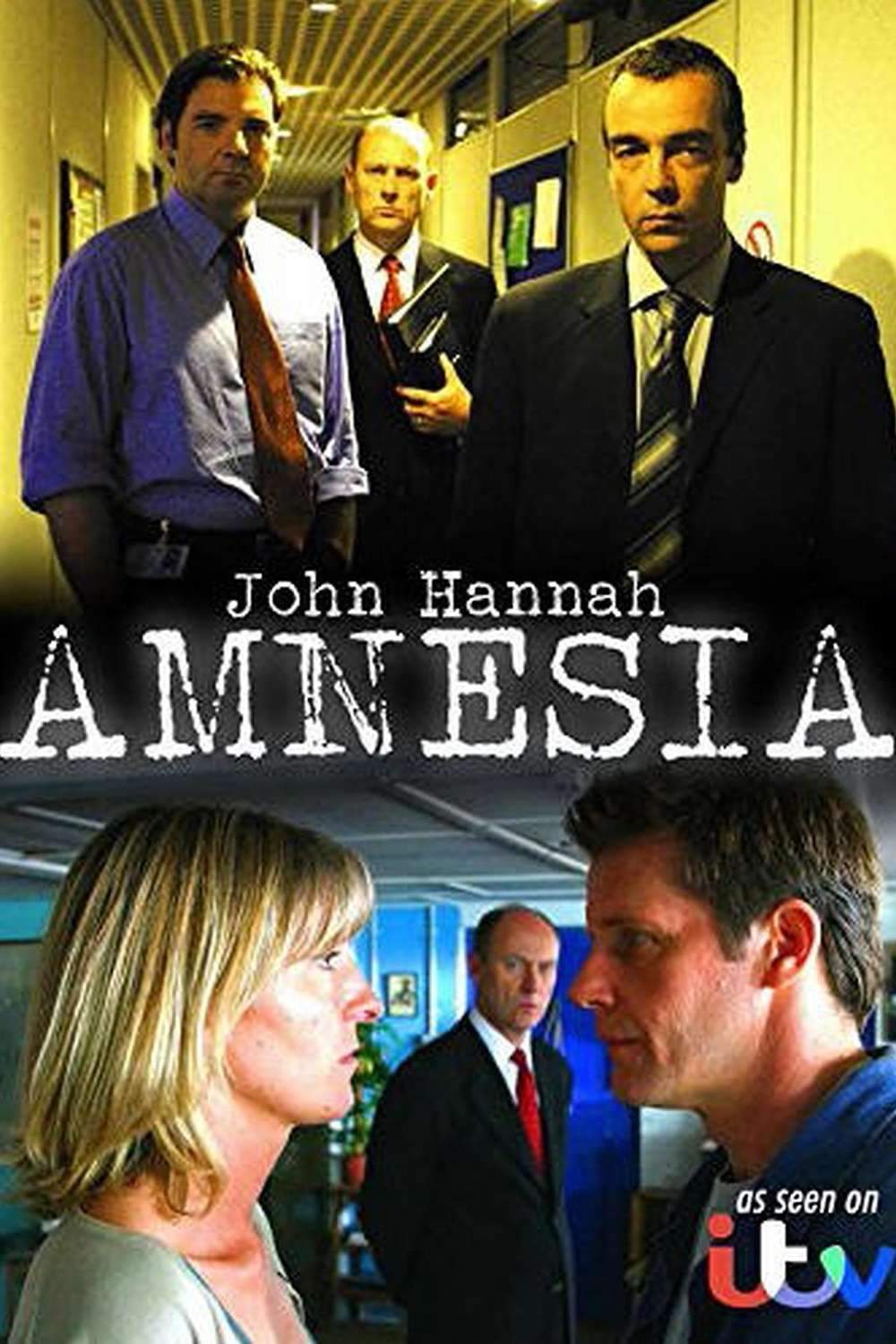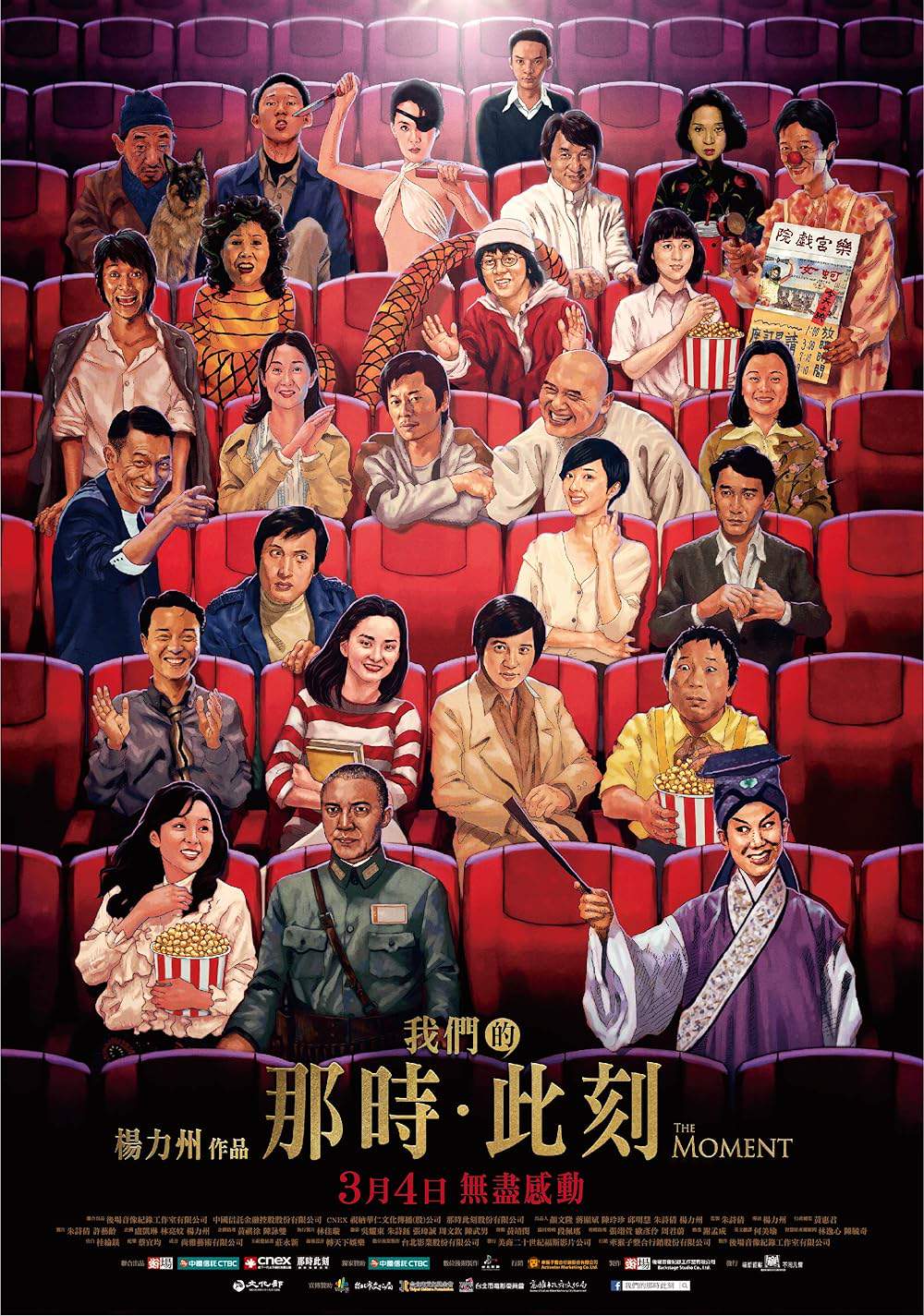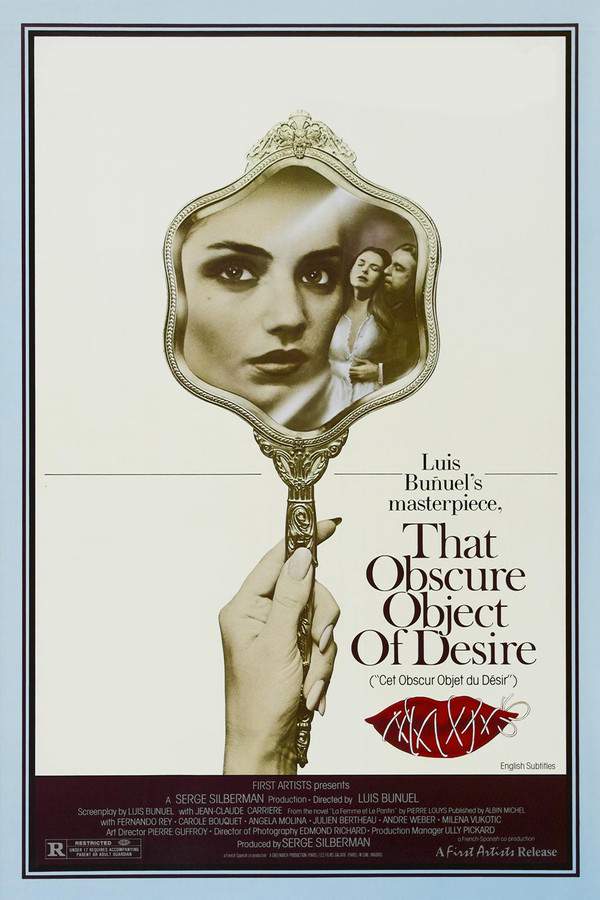
That Obscure Object of Desire
Year: 2001
Runtime: 102 min
Language: French
Director: Luis Buñuel
A wealthy Frenchman's life takes a dramatic turn when he meets a passionate flamenco dancer, leading to a whirlwind romance. While traveling on a train, he recounts their intense and tumultuous relationship to his fellow passengers, revealing a complex story of desire, betrayal, and the blurring of boundaries between love and cruelty. The narrative explores the intricacies of human connection and the potential for both beauty and pain within passionate relationships.
Warning: spoilers below!
Haven’t seen That Obscure Object of Desire yet? This summary contains major spoilers. Bookmark the page, watch the movie, and come back for the full breakdown. If you're ready, scroll on and relive the story!
That Obscure Object of Desire (2001) – Full Plot Summary & Ending Explained
Read the complete plot breakdown of That Obscure Object of Desire (2001), including all key story events, major twists, and the ending explained in detail. Discover what really happened—and what it all means.
A tumultuous and often violent love story transpires between Mathieu, a wealthy middle-aged Frenchman portrayed by Fernando Rey, and Conchita, a beautiful yet impoverished flamenco dancer from Seville, played separately by Carole Bouquet and Ángela Molina. Their contrasting appearances and temperaments add to the chaotic nature of their relationship, which unfolds mainly through flashbacks as recalled by Mathieu.
The film opens with Mathieu on a train journey from Seville to Paris, attempting to escape the clutches of his youthful girlfriend Conchita. As the train is about to leave, he spots a disheveled and injured Conchita chasing after him. In a desperate attempt to deter her, he splashes a bucket of water over her, but rather than backing off, she climbs aboard the train.
Inside the train, other travelers, including a mother with her daughter, a judge who knows Mathieu’s cousin, and a dwarf psychologist, witness Mathieu’s brusque behavior and question his motives. This initiates a recounting of his contentious relationship with Conchita, set against the tumultuous backdrop of violent political upheaval and bombings by leftist factions.
Conchita, who claims to be 18 yet seems more mature, pledges to remain a virgin until marriage, teasing Mathieu with sexual promises while denying him satisfaction. One memorable scene involves her wearing a tightly laced corset, making physical intimacy impossible. In another twist, Mathieu discovers her concealing a young man in her apartment, leading to a cycle of breakups and reconciliations that leave him frustrated and bewildered.
Eventually, Mathieu stumbles upon Conchita performing nude for tourists in a Seville nightclub. Initially consumed by fury, he ultimately forgives her, even purchasing a house for her. However, in a heart-wrenching moment, after moving into the new home, Conchita bars him from entering, expressing her disdain for him and suggesting that his mere presence disgusts her. She provocatively appears to engage in sexual relations with another man in front of him, yet he chooses to walk away without witnessing the act.
Their saga takes a darker turn when Mathieu is confronted and held at gunpoint during a carjacking later that night. In a twist of fate, Conchita seeks to make amends, claiming her earlier sexual encounter was a ruse and her supposed lover is actually a gay friend. However, her explanation leads to a violent confrontation where Mathieu strikes her, resulting in the bruised and bandaged appearance established earlier in the film.
As the train passengers seem satisfied with Mathieu’s narrative, Conchita surprises him by dousing him with water once again. Despite their tumultuous exchanges, they appear to reconcile for a final moment as they disembark the train and stroll through the streets of Madrid, arm in arm, seemingly relishing their reunion.
The story culminates in a vividly chaotic atmosphere in a Paris shopping mall where loudspeakers announce an impending wave of terror orchestrated by extremist factions. As bomb threats loom and political tensions mount, the couple’s argument coincides with a catastrophic explosion, leaving their fates hanging in the balance as chaos ensues around them.
Last Updated: November 16, 2024 at 18:39
Explore Movie Threads
Discover curated groups of movies connected by mood, themes, and story style. Browse collections built around emotion, atmosphere, and narrative focus to easily find films that match what you feel like watching right now.
Movies about obsessive toxic love like That Obscure Object of Desire
Movies where passionate love becomes a dark, psychologically consuming battle.Explore movies like 'That Obscure Object of Desire' that delve into destructive, all-consuming relationships. If you were captivated by the film's depiction of a passionate yet painful affair, these recommendations feature similar stories of obsessive desire, emotional volatility, and the unsettling power dynamics within toxic romances.
Narrative Summary
Stories in this thread often follow a similar downward spiral, where an initial, magnetic attraction between two people devolves into a game of psychological warfare. The narrative structure may involve flashbacks or unreliable narrators, emphasizing the chaotic, subjective nature of the relationship as power constantly shifts and boundaries are violated.
Why These Movies?
These films are grouped together because they share a core focus on the destructive nature of obsessive love. Viewers can expect a consistent experience of high emotional intensity, dark tone, and complex character studies that challenge conventional notions of romance, focusing instead on jealousy, manipulation, and the potential for violence in passion.
Movies with framed narratives like That Obscure Object of Desire
Stories told through a character's unreliable, emotionally charged recollection.Discover films with narrative structures similar to 'That Obscure Object of Desire,' where a character recounts a pivotal story from their past. If you enjoyed the film's train journey framing device, these movies feature similar non-linear storytelling, unreliable narrators, and plots that explore how memory shapes our understanding of desire, betrayal, and trauma.
Narrative Summary
This thread encompasses movies where the plot is structured around a character retelling a significant, often painful, chapter of their life. The primary conflict exists in the past, but its emotional weight is felt in the present frame. This structure often creates complexity, as the gap between the narrator's perspective and the objective truth becomes a central theme.
Why These Movies?
Movies are grouped here based on their shared use of a framing device to explore memory and subjective truth. They commonly feature complex, non-linear storytelling, an ambiguous or bittersweet ending feel, and a heavy emotional weight, as the act of retelling the story is itself a part of the character's emotional journey.
Unlock the Full Story of That Obscure Object of Desire
Don't stop at just watching — explore That Obscure Object of Desire in full detail. From the complete plot summary and scene-by-scene timeline to character breakdowns, thematic analysis, and a deep dive into the ending — every page helps you truly understand what That Obscure Object of Desire is all about. Plus, discover what's next after the movie.
That Obscure Object of Desire Timeline
Track the full timeline of That Obscure Object of Desire with every major event arranged chronologically. Perfect for decoding non-linear storytelling, flashbacks, or parallel narratives with a clear scene-by-scene breakdown.

Characters, Settings & Themes in That Obscure Object of Desire
Discover the characters, locations, and core themes that shape That Obscure Object of Desire. Get insights into symbolic elements, setting significance, and deeper narrative meaning — ideal for thematic analysis and movie breakdowns.

That Obscure Object of Desire Spoiler-Free Summary
Get a quick, spoiler-free overview of That Obscure Object of Desire that covers the main plot points and key details without revealing any major twists or spoilers. Perfect for those who want to know what to expect before diving in.

More About That Obscure Object of Desire
Visit What's After the Movie to explore more about That Obscure Object of Desire: box office results, cast and crew info, production details, post-credit scenes, and external links — all in one place for movie fans and researchers.




